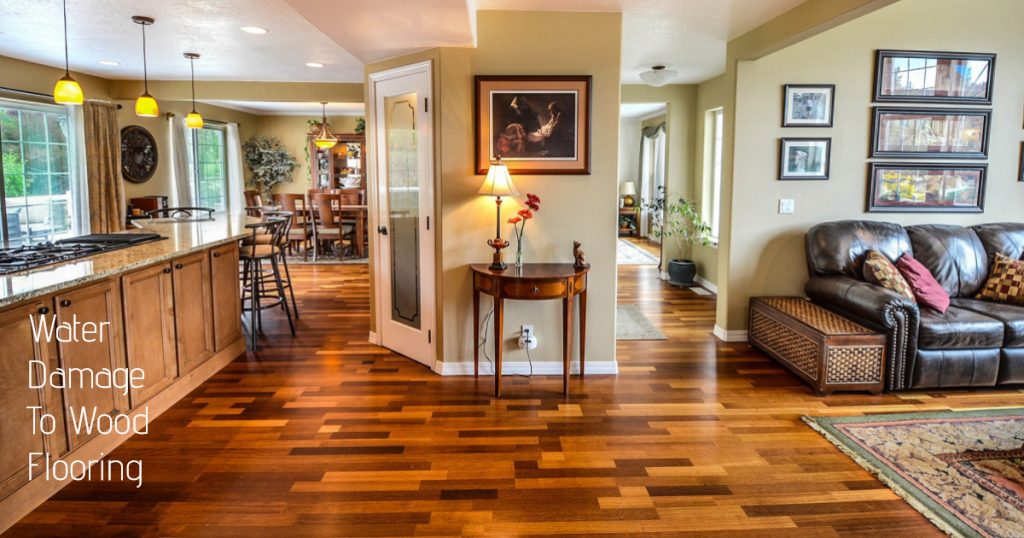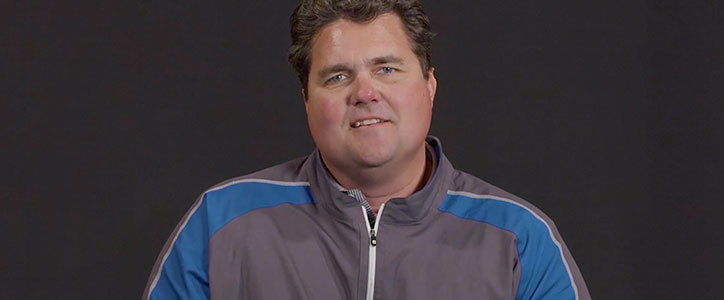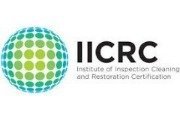Water can damage any type of flooring, which can potentially seep down to the subfloor. When it comes to wood flooring, timing is of the essence. The polyurethane coating on the wood is intended to keep water and dirt from ever touching the wood. However, even the most durable coatings arent fully water proof. When it comes to wood flooring, here are some signs you will notice:
Dark Spots– With wood flooring, its natural for them to have some darker spots, as that is the pattern, however, it may also be a sign of mold or mildew.
Cupping– you will notice raised edges, or dips on the floor planks.
Buckling/Lifting– the floor boards will actually lift up off the subfloor.
Crowning– the puffed-up area occurs when moisture damage causes hardwood boards to rise in the middle.
Before beginning floor repairs, we need to find and repair the source of the water. Next, we need to make sure the floor is completely dry. If it’s not 100% dry, you will have more issues in the long run. You will need a wet vacuum to clean up any large pools of water, some fans and a dehumidifiers. Depending on how much water we are dealing with, you may need to let these run for a few days, but continue to check on the area.
If the buckling is very minor, the boards might return back to normal. If some boards are still showing signs of damage and buckling, you will need to replace those boards. You can take additional boards surrounding the affected area to insure there isn’t any hidden damage that will arise in the future.
After removing the boards, we need to inspect the subflooring. If the subflooring shows signs of mold or weakening from the water damage, we need to pull off the top layer. If we are working with concrete, then we need to allow time for the concrete to dry out. If we don’t do this, we are trapping moisture, and again, facing more issues in the future. Our team utilize special tools, like a Moisture Meter, to make sure the area is completely dry.
Once we have the area dry, the plywood subfloor that was removed can now be replaced. At this point, we can install sound absorbing material and a moisture barrier if necessary. By not doing these steps, your floors may not look or feel the same as the original floors. Now it is time to select cut and install the new wood floor boards. This task can be a challenge, and you want to avoid any gaps between the new and old boards. There should be a smooth transition from old to new.
Once the repair is complete, the final step is to sand and refinish the entire floor. The natural color of wood changes over time, by sanding and refinishing the flooring, we are able blend the old and new flooring, and the final product looks amazing!
When water damages wood flooring, it can be a painful process. However, you have options! When you work with a restoration company, like Crew Construction and Restoration, we will work with you, and your insurance company, from start to finish, and have your floors back to new in no time. For all of your restoration and construction projects, contact Crew Construction and Restoration for a free estimate.



